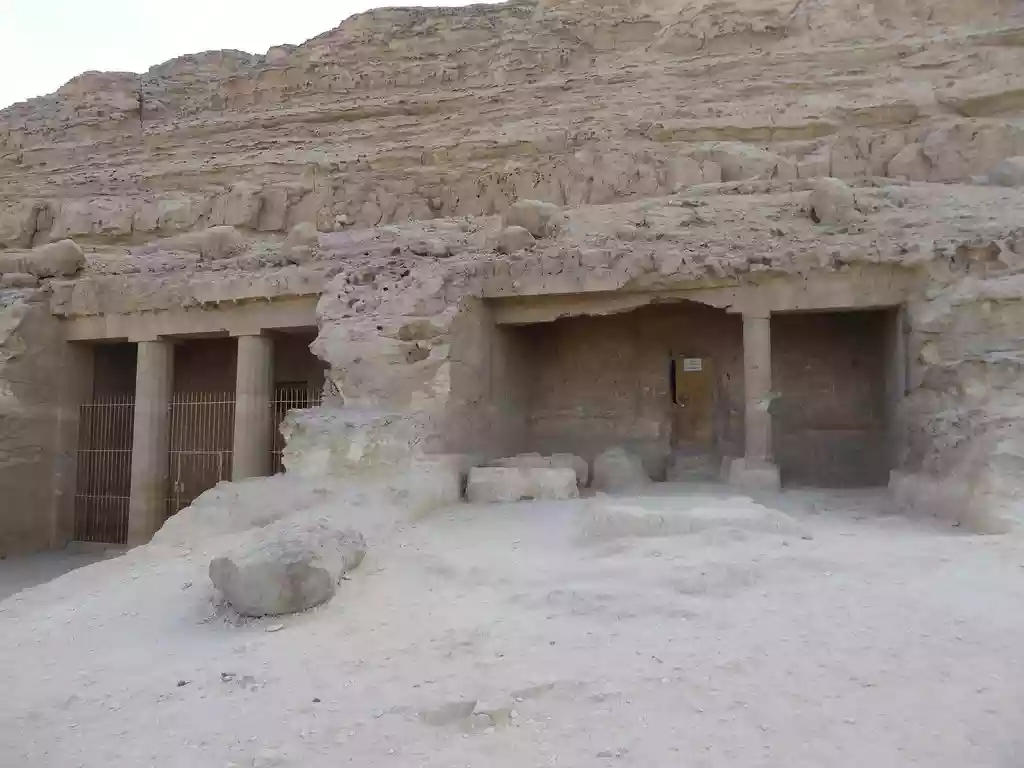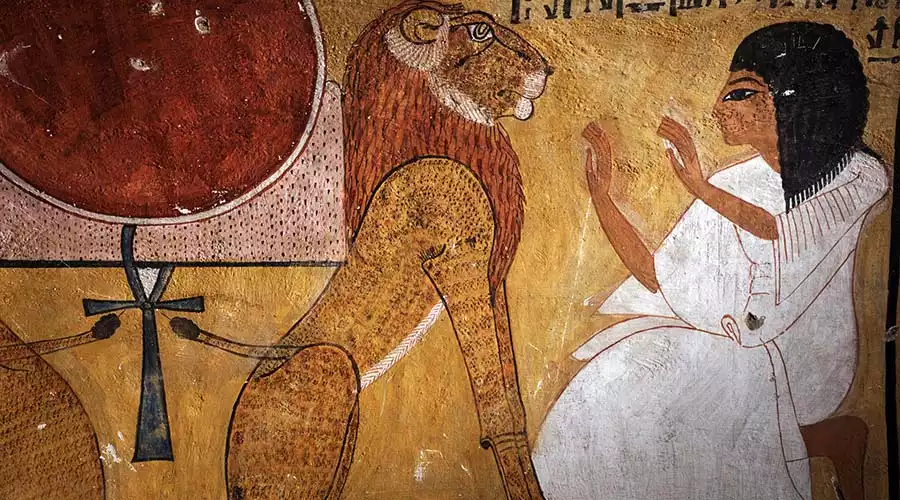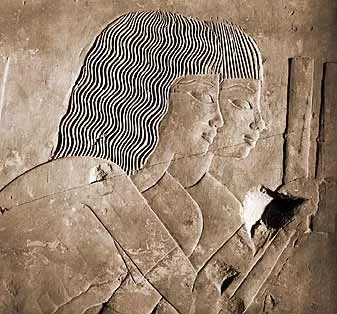The Tomb Of Thutmosis III

KV34 is said to be the final resting place of King Thutmosis III. One of the most sophisticated tombs in the valley, it features many new changes compared to earlier tombs in the area. KV34's size and decoration are particularly noteworthy. The tomb was first found in 1898 by archaeologists working under Victor Loret. The tomb is located at the bottom of the valley in a narrow gauge, and the entrance is 30 meters above the ground.
More About KV34
The tomb of Thutmosis III has three corridors, a well, an antechamber, and a burial chamber. It's the first tomb in the valley to feature the presence of a true well. Some believe it was to stop tomb robbers, but the real meaning lies in its role in preventing the flood water from damaging the tomb. Long ago, tomb robbers greatly damaged KV34. The mummy of the ruler was discovered even before the discovery of his tomb which was present in the mummy cache of TT320.
KV34's orientation differs from other tombs, with the entrance in the north and the burial chamber in the east. This characteristic was seen in the Middle Kingdom Pyramids of Sesostris II, a unique structure for this era. The tomb starts with a stairway, then the first corridor and the second stairway, and then the second corridor after which is the ritual shaft. Following this, there is a 90-degree turn to the vestibule which then leads into the burial chamber.
Decorations Inside The Tomb
The tomb was first plastered and then painted, unusual for the time. The shaft in the tomb has its walls whitewashed and finished with a Khekher frieze. The doorway was sealed and painted to hide the tomb’s continuation. The ceiling inside the ritual shaft is decorated with blue sky and yellow stars, while the passages are undecorated. The two pillars in the vestibule are adorned with 741 divinities of the Amdywat which are said to generate the daily sun. The size of the burial chamber is large and contains a beautiful red quartzite sarcophagus.
The walls in the burial chamber depict an ornamental scroll decorated with text from the Book of Amydwat. It also features passages from the Litany of Ra and a unique illustration in which the king is seen being nursed by Isis, the divine tree goddess. The decorations depict a hasty incompletion, probably due to the king’s death.
Unique Facts About KV34
The design of the tomb depicts a transition from the traditional design to something slightly different. KV34 was the first tomb with this type of chamber, and many tombs afterward followed suit. The shape of the burial chamber is unique and the complete version of the Imydwat and the earliest version of the Litany of Ra on the walls of the burial chamber was also noted for the very first time.
























